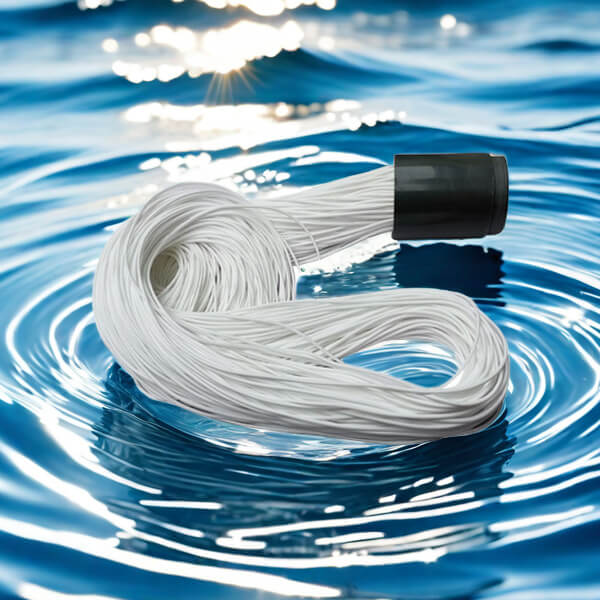What is the reason for MBR membrane blockage?
Membrane bioreactor (MBR) technology is widely used in the field of wastewater treatment due to its excellent water treatment performance. MBR membrane blockage is a common problem that seriously affects its operational efficiency and treatment effectiveness. It is particularly important to understand the causes and solutions of MBR membrane blockage.
The main reasons for MBR membrane blockage can be attributed to various factors. Excessive concentration of suspended solids in wastewater can lead to rapid accumulation of fouling on the membrane surface, forming a membrane fouling layer. The growth of microorganisms can also lead to membrane blockage, especially under high load conditions, where the formation of bacterial membranes accelerates membrane failure. Operating conditions such as flow rate, temperature, and pH value can also affect the operational status of the membrane, leading to MBR membrane blockage.
The impact of MBR membrane blockage on water treatment processes should not be underestimated. Membrane blockage not only reduces the flux of water treatment, but also increases energy consumption, leading to an increase in operating costs. Frequent cleaning and replacement of membranes can also increase maintenance costs and affect the economy of the entire sewage treatment system. Timely identification and resolution of MBR membrane blockage issues are particularly important.

To solve the problem of MBR membrane blockage, researchers and engineers have proposed various methods. Optimizing the quality of incoming water is key. By using pre-treatment techniques such as sedimentation and filtration, the concentration of suspended solids in the influent can be effectively reduced, reducing the possibility of membrane blockage from the source. Regular cleaning of the membrane is also an effective solution. The use of chemical cleaning agents can remove dirt from the surface of the membrane and improve its service life. Reasonably adjusting operating parameters such as flow rate and reflux ratio can also effectively reduce the risk of membrane blockage.
In addition to the above methods, many new technologies have also been applied in the prevention and control of MBR membrane blockage in recent years. For example, using ultrasonic cleaning technology can remove dirt from the surface of the membrane without damaging it. Researchers are still exploring the application of new membrane materials that have better anti fouling properties and are expected to reduce the incidence of membrane fouling.
MBR membrane blockage is an important factor affecting the operation of membrane bioreactors. By optimizing the inlet water quality, regularly cleaning the membrane, and applying new technologies, the incidence of membrane blockage can be effectively reduced, and water treatment efficiency can be improved. Only through continuous exploration and innovation can MBR technology play a greater role in the future field of wastewater treatment.
